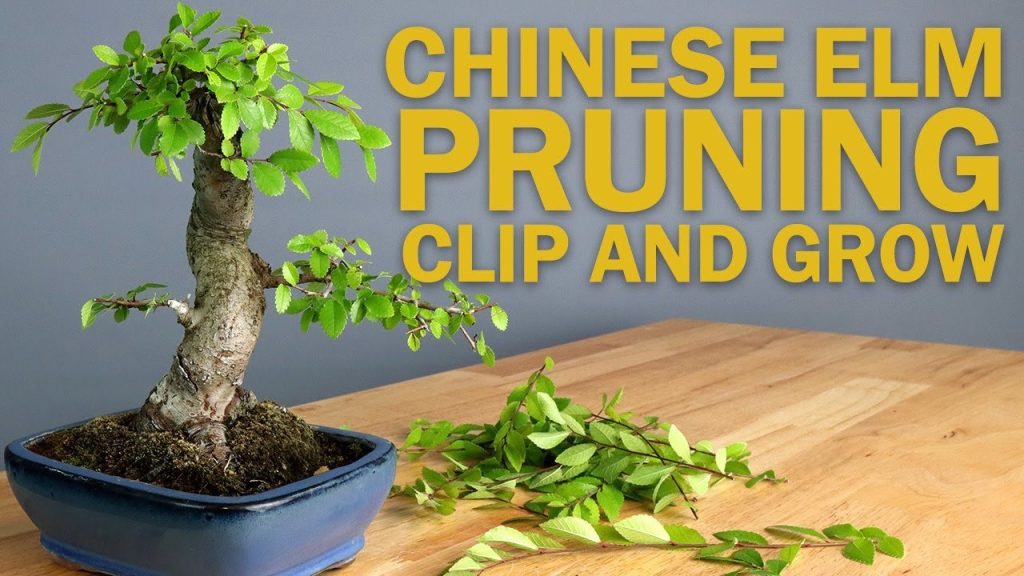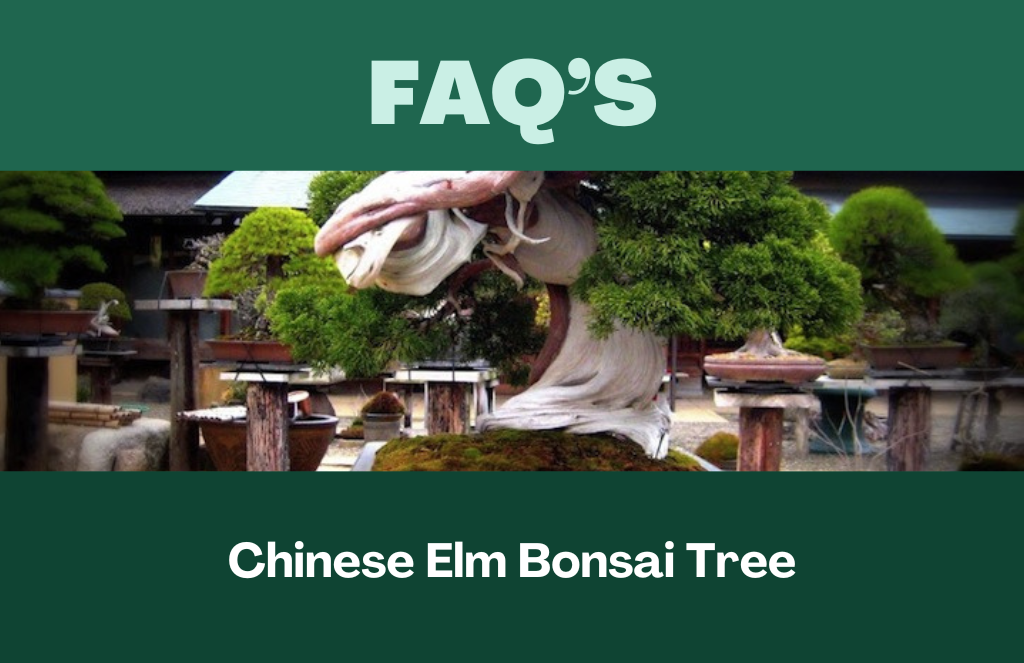What Are Chinese Elm Bonsai Tree Light Requirements?
Chinese Elm bonsai trees require bright indirect light, preferably a minimum of 4-6 hours of sunlight per day. Chinese Elm bonsai trees thrive in bright, indirect light. To ensure their growth and health, it is recommended to place them in a spot where they can receive a minimum of 4-6 hours of sunlight each day. This amount of sunlight is crucial for the tree’s photosynthesis process and overall development.
However, it is important to avoid exposing the tree to direct sunlight, as this can lead to leaf burn or sun damage. By providing the Chinese Elm bonsai tree with the right amount of light, you can create an optimal environment for its growth and enjoy its beauty for years to come.
Why Is Light Needed for Chinese Elm Bonsai Trees?
Chinese Elm Bonsai trees require bright indirect light for optimal growth. Placing them near a window where they can receive sufficient sunlight during the day is essential. It’s important to avoid direct sunlight as it can damage the leaves and bark of the tree.
Key Factors Influencing Light Requirements
Several key factors influence the light requirements of Chinese Elm Bonsai trees. By understanding these factors, you can provide the optimal lighting conditions for your bonsai to grow and flourish.
1. Intensity
The intensity of light plays a fundamental role in the photosynthesis process of Chinese Elm Bonsai. These trees usually thrive in bright but indirect light conditions. Placing your bonsai near a window where it receives moderate to bright light is ideal. However, it’s important to note that exposing your bonsai to intense, direct sunlight for extended periods can damage its delicate leaves, causing them to wither or scorch.
2. Duration
The duration of light exposure also affects the growth and health of Chinese Elm Bonsai. These trees typically require 8 to 12 hours of light per day to perform photosynthesis effectively. It’s essential to find a balance between providing enough light for the bonsai’s metabolic processes and allowing for periods of darkness to promote dormancy during winter.
3. Direction
The direction of light sources can significantly impact the development of Chinese Elm Bonsai. Rotating the bonsai periodically ensures that different sections receive adequate light, preventing lopsided growth. Moreover, exposure to light from multiple directions encourages the growth of a more balanced crown and a stronger trunk.
4. Artificial lighting
In cases where natural light is limited or insufficient, artificial lighting can be an excellent alternative for the Chinese Elm Bonsai. LED grow lights are a popular choice among bonsai enthusiasts due to their energy efficiency and customizable spectrum.
Positioning the lights at an appropriate distance and duration can mimic natural light conditions, making it a suitable option for maintaining healthy growth. By considering these key factors and providing the Chinese Elm Bonsai tree with the right amount of light, you can create an environment in which it can thrive.
What Are The Ideal Placements for Chinese Elm Bonsai Trees?
When it comes to cultivating a Chinese Elm bonsai tree, proper lighting is essential for its growth and overall health. Finding the right placement for your bonsai is crucial as it directly impacts its ability to thrive.
1. Finding The Right Location Indoors
When selecting a spot for your Chinese Elm bonsai tree, consider the following factors:
- Proximity to natural light sources
- Adequate air circulation
- Avoidance of temperature extremes
Chinese Elm bonsai trees thrive when exposed to bright, indirect sunlight. Therefore, choose a location near a window or a well-lit area that receives plenty of natural light throughout the day.
However, it is important to avoid placing the bonsai directly in front of a window where it may be exposed to harsh, direct sunlight. The intensity of direct sunlight can scorch the leaves and cause damage to the tree.
Good air circulation is also vital for the health of your bonsai tree. Avoid placing it in areas with poor ventilation or where it may be constantly exposed to drafts from heating or cooling sources. Extreme temperature fluctuations can stress the tree and hinder its growth.
2. Assessing The Lighting Conditions
Before settling on a location, assess the lighting conditions in various areas of your home to determine the best fit for your Chinese Elm bonsai tree. Here are some guidelines to help you choose:
| Lighting Condition | Ideal for Chinese Elm Bonsai Trees? |
| Bright, indirect sunlight | Yes |
| Low light or shady areas | No |
| Direct, intense sunlight | No |
| Artificial light sources | Possible, but not ideal |
Based on the table above, it is clear that a location with bright, indirect sunlight is optimum for Chinese Elm bonsai trees. However, if such a spot is not readily available in your home, you can consider using artificial light sources.
While artificial lighting can supplement natural sunlight, it is important to note that it may not provide the same intensity or quality of light. It is advisable to use full-spectrum fluorescent lights placed at an appropriate distance from the tree’s foliage.
Natural Light Vs Artificial Light For Chinese Elm Bonsai Trees
When it comes to the light requirements of Chinese Elm Bonsai trees, finding the right balance is essential for their growth and vitality. While these trees thrive under natural sunlight, there are instances where artificial lighting can be beneficial. In this section, we will explore the pros and cons of natural sunlight and discuss how to choose the right artificial lighting options for Chinese Elm Bonsai trees.
Pros And Cons Of Natural Sunlight
Natural sunlight provides a plethora of benefits for Chinese Elm Bonsai trees. Here are the pros and cons to consider:
Pros of Natural Sunlight:
- Abundant light source that promotes healthy photosynthesis
- Vitamin D synthesis enhances plant growth
- Natural light cycles stimulate proper plant development and rest
Cons of Natural Sunlight:
- Restricted to outdoor placement, limiting flexibility and mobility
- Dependent on weather conditions, which can fluctuate and affect tree health
- Potential for excessive heat or direct sunlight, leading to scorched leaves
While natural sunlight remains the ideal light source for Chinese Elm Bonsai trees, artificial lighting can serve as a supplement or alternative when circumstances restrict the availability of natural light.
Tips For Maintaining Optimal Lighting Conditions
Chinese Elm Bonsai Trees require indirect, bright light for optimal growth. Place them near a window with filtered sunlight or use artificial grow lights for sufficient lighting conditions.
Avoiding Direct Sunlight
Chinese Elm Bonsai trees have specific light requirements that need to be met in order to keep them healthy and thriving. One important tip for maintaining optimal lighting conditions is to avoid exposing your Chinese Elm Bonsai to direct sunlight during the hottest parts of the day.
Direct sunlight, especially during the peak hours, can be too intense for these delicate trees and can lead to leaf burn or scorching.
To ensure that your Chinese Elm Bonsai receives the right amount of light without risking it being exposed to direct sunlight, consider placing it in a location where it can receive filtered or indirect sunlight.
This can be achieved by using a sheer curtain or a shade cloth to diffuse the sunlight. By doing so, you can protect your bonsai from the intense heat of the sun and prevent any potential damage.
Rotating The Tree For Even Light Distribution
In addition to avoiding direct sunlight during the hottest parts of the day, another tip for maintaining optimal lighting conditions for your Chinese Elm Bonsai is to rotate the tree regularly. Rotating the tree allows for even light distribution, ensuring that all parts of the bonsai receive adequate light exposure.
Seems simple, right? Well, rotating your bonsai can have a big impact. By rotating the tree, you prevent it from growing unevenly and encourage balanced growth throughout.
This helps to maintain the overall health and aesthetics of your bonsai tree.
How often should you rotate your Chinese Elm Bonsai? Well, it depends on the specific lighting conditions in your bonsai’s location.
As a general rule of thumb, aim to rotate your bonsai every 1-2 weeks. Keep an eye on how the tree is responding to the light and make adjustments as necessary.

Credit: m.youtube.com
Frequently Asked Questions

What Are The Light Requirements For Chinese Elm Bonsai Trees?
Chinese Elm Bonsai Trees require bright, indirect light for about 6-8 hours a day. They thrive in a spot with plenty of natural sunlight, but avoid direct sunlight during the hottest parts of the day to prevent leaf burn. Investing in a grow light can also provide the necessary light if natural light is limited.
Can Chinese Elm Bonsai Trees Survive In Low Light Conditions?
While Chinese Elm Bonsai Trees prefer bright light, they can tolerate lower light conditions. However, it’s important to note that prolonged periods of low light can negatively impact their health and growth. If you must keep them in low light, consider supplementing with grow lights to ensure they receive adequate light to thrive.
How Do I Determine If My Chinese Elm Bonsai Tree Is Getting Enough Light?
Observe your Chinese Elm Bonsai Tree closely. If it has vibrant and healthy leaves, it is likely receiving enough light. However, if the leaves become pale or start dropping, it may not be getting enough light. Adjust the placement of your bonsai tree accordingly to find the right balance of light for optimal growth.
Can I Keep My Chinese Elm Bonsai Tree Near A Window?
Yes, you can keep your Chinese Elm Bonsai Tree near a window as long as it doesn’t receive direct sunlight during the hottest parts of the day. Positioning it near a window allows the tree to benefit from natural sunlight, which is ideal for its growth and overall health.
Conclusion
To ensure the growth and health of your Chinese Elm Bonsai Tree, it is essential to provide the proper light requirements. Understanding that these trees thrive in bright, indirect sunlight will help you create an optimal environment. By placing your bonsai near a window or using artificial lights, you can simulate the preferred lighting conditions.
Remember, always monitor the intensity and duration of the light to prevent any potential damage. With the right balance of light, your Chinese Elm Bonsai will flourish and be a stunning addition to your home or garden.

